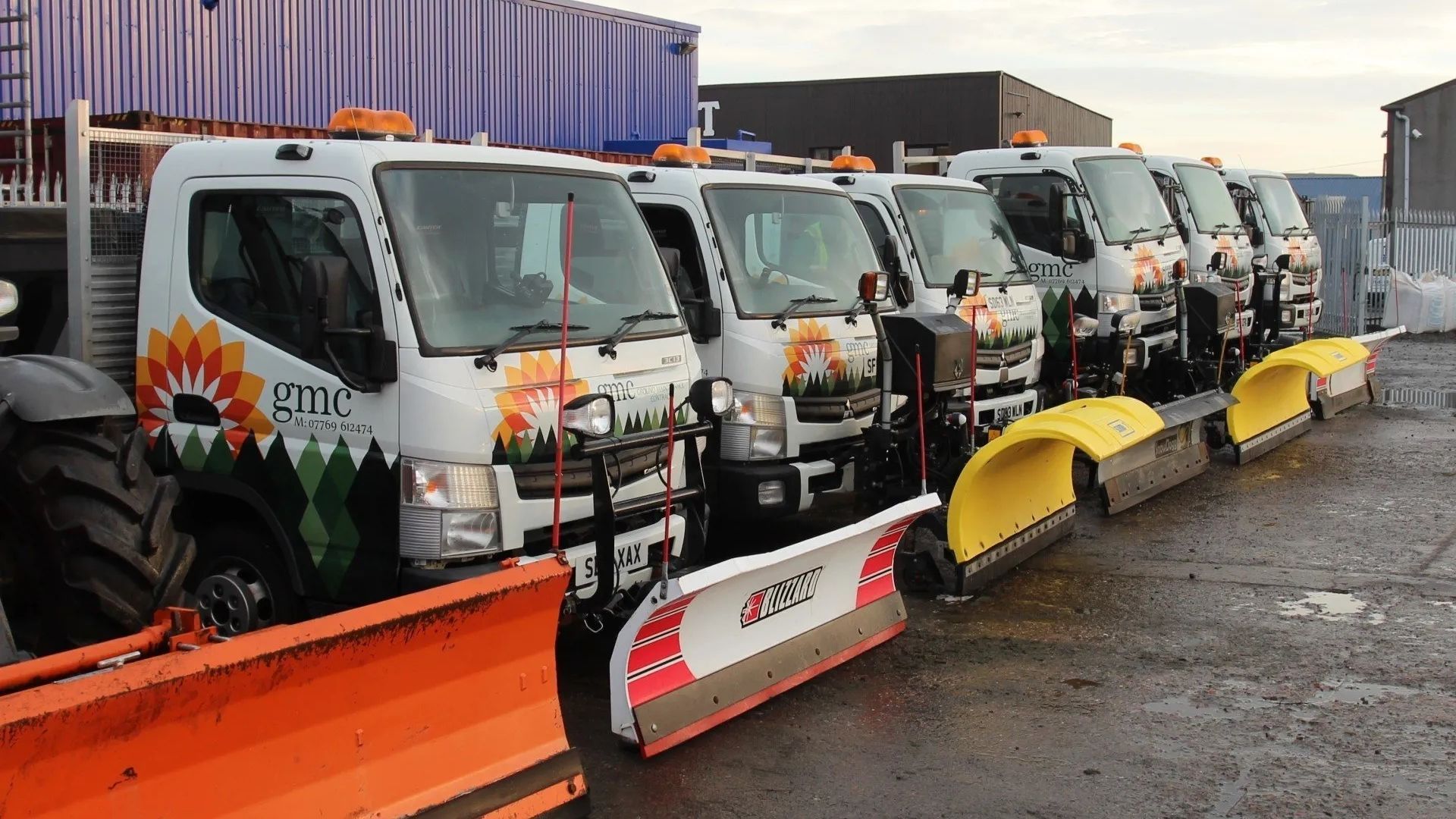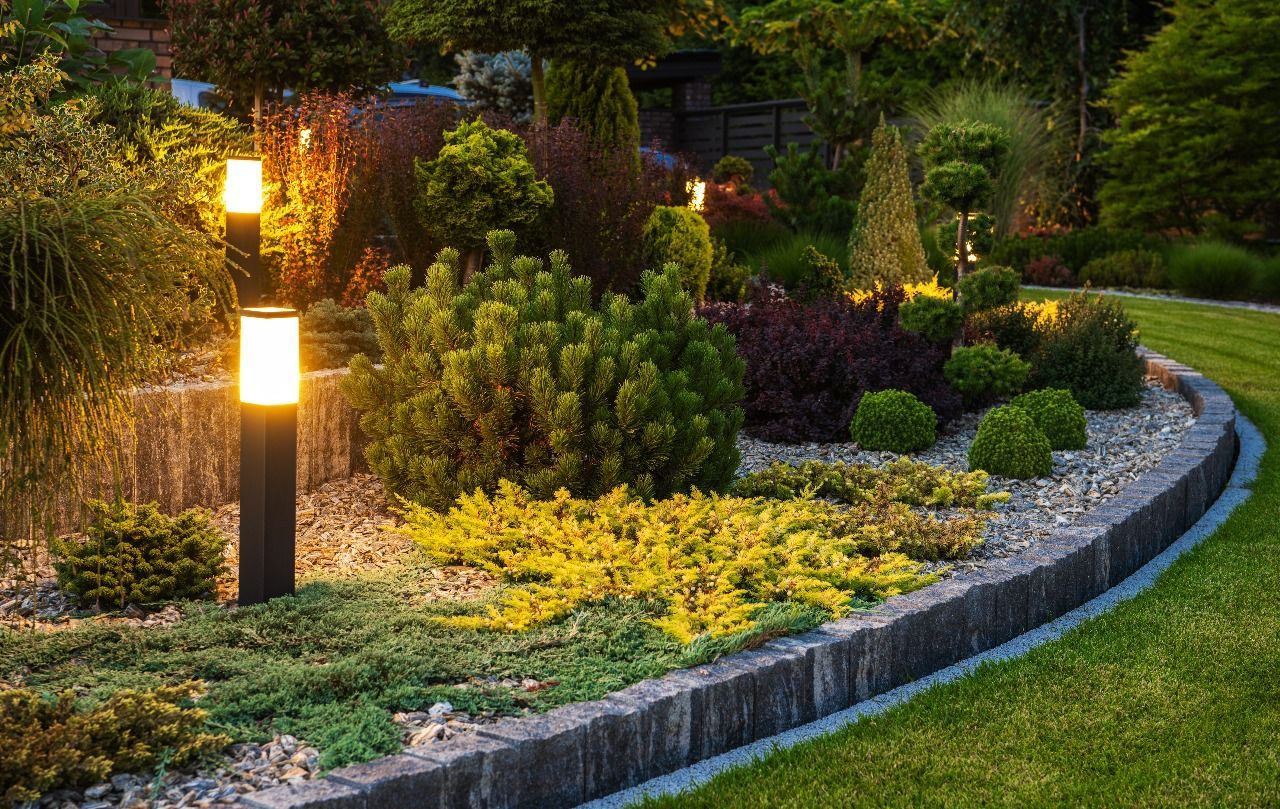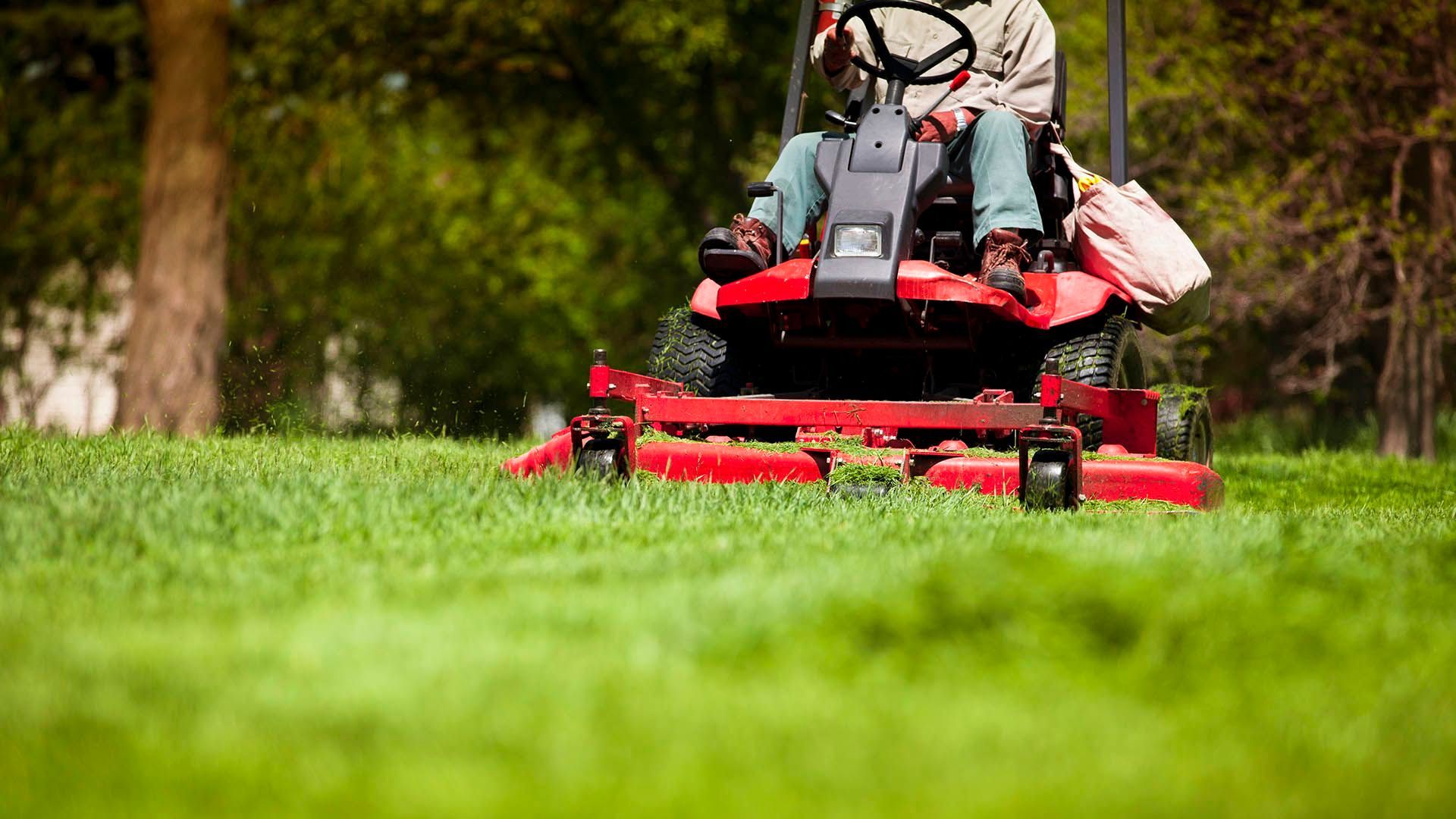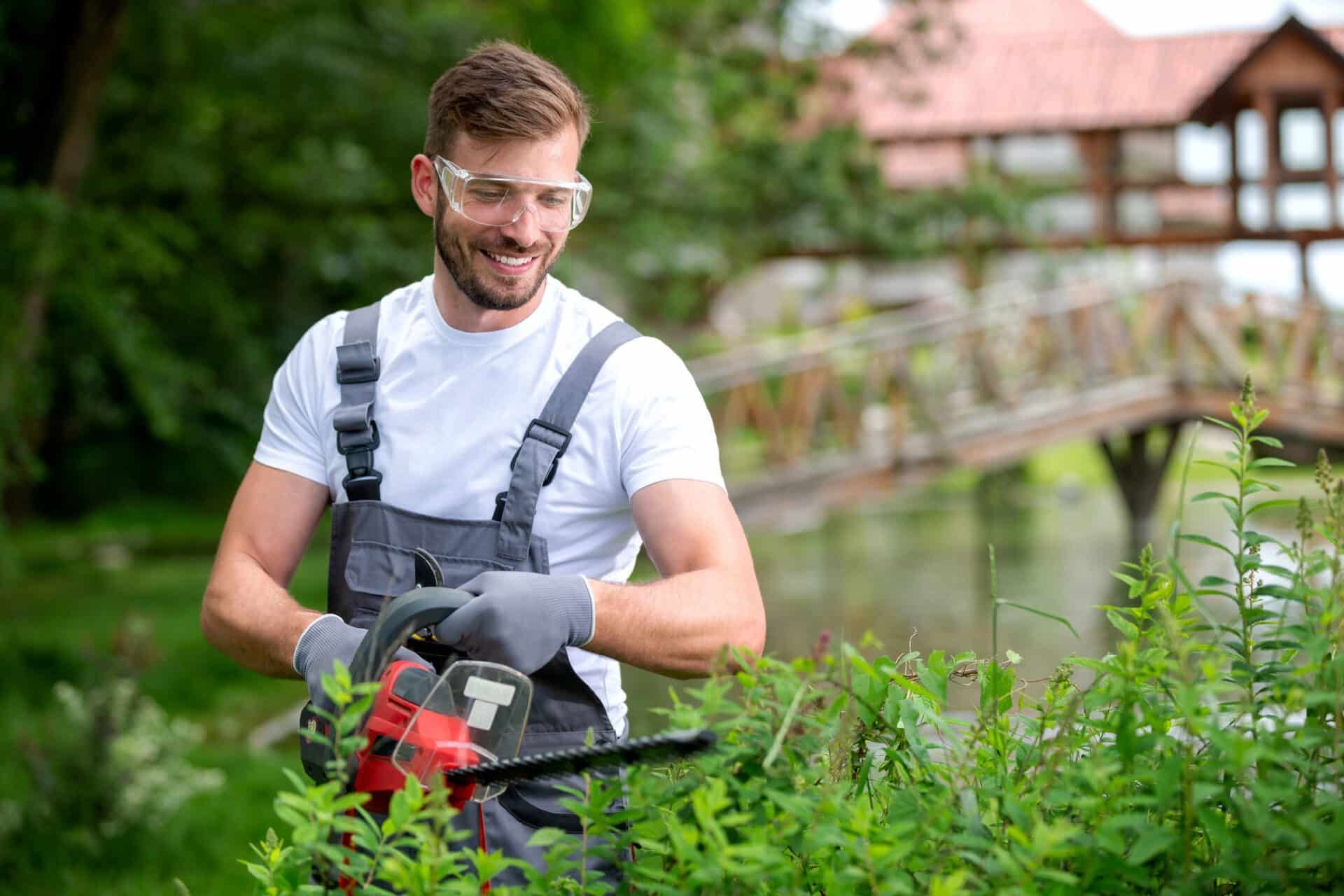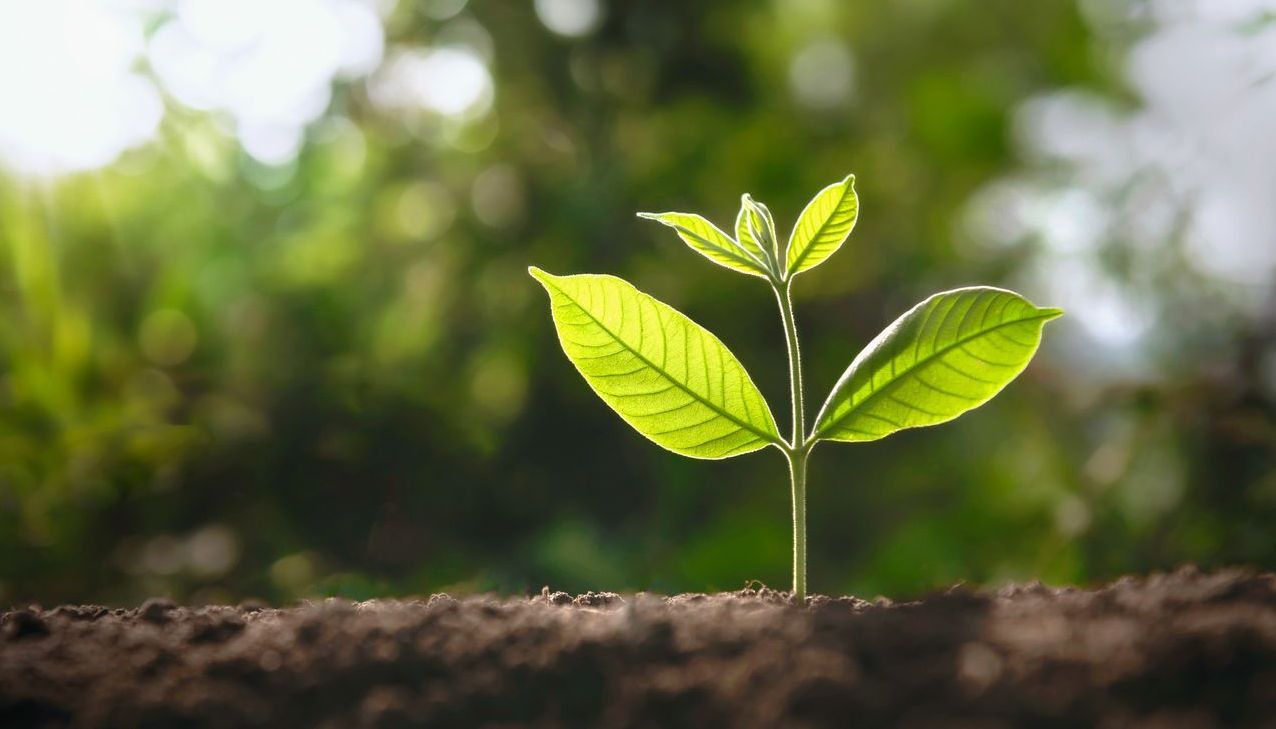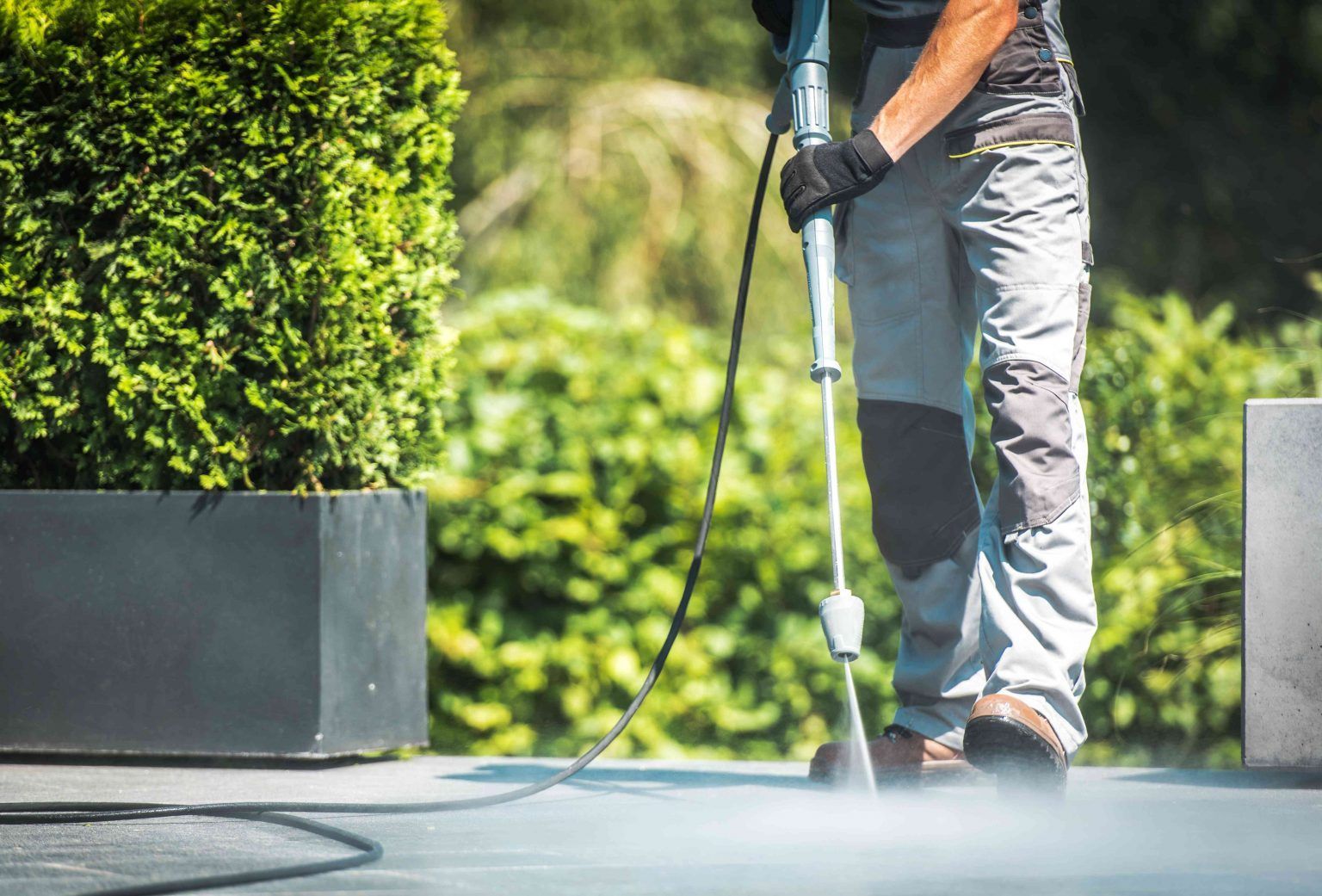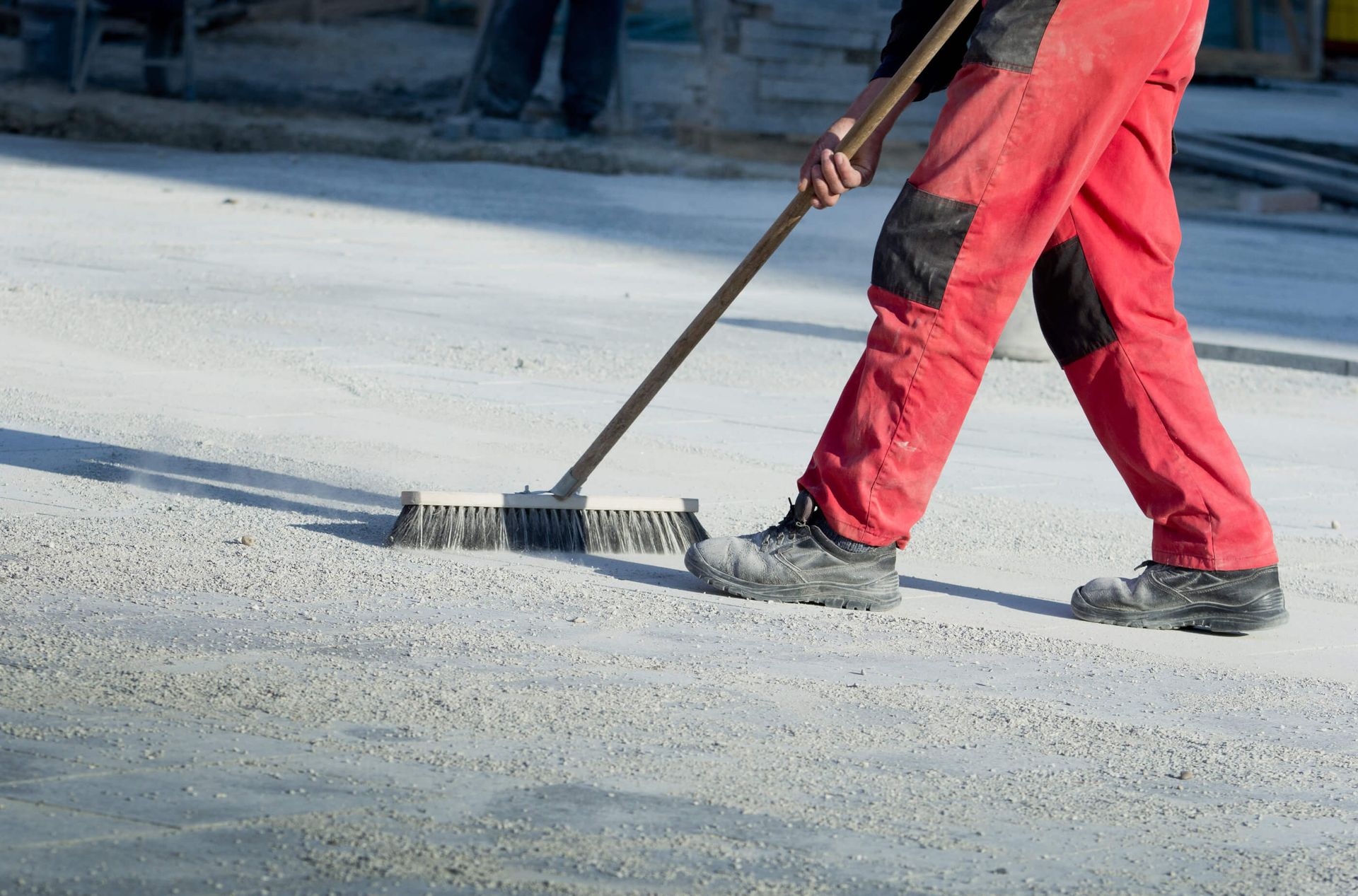A Guide to Sports Ground Maintenance for Football Pitches
Maintaining a football pitch requires careful planning, regular attention, and expertise to ensure that it remains in top condition year-round. Whether you're responsible for a local community pitch or a professional football ground, the quality of the surface is crucial for both player safety and game performance.
In this guide, we’ll walk you through the essentials of football pitch maintenance, from the initial creation of the pitch to the ongoing care it needs to remain in optimal condition.
The Importance of Football Pitch Care
The condition of a football pitch can significantly impact the performance of players and the outcome of a match. A well-maintained pitch ensures player safety, reduces the risk of injury, and guarantees that the game can be played in the best possible conditions. Poor pitch care, on the other hand, can result in uneven surfaces, waterlogged areas, or hard patches that affect ball control and movement.
Regular maintenance is not just about aesthetics, it’s about ensuring the longevity and functionality of the pitch. Whether it's dealing with wear and tear, managing irrigation, or combating pests and weeds, proper football pitch care keeps the ground looking fresh and ready for action, regardless of the season.
The Hallmarks of a Healthy Football Pitch
A healthy football pitch isn’t just about lush grass; it’s a finely balanced ecosystem that thrives on the right conditions. Here are the key hallmarks of a pitch in excellent condition:
- Appearance and Structure:
A well-maintained pitch should have thick, even grass coverage, free from bald patches or dead zones. The surface should be firm, smooth, and level, with no standing water or muddy areas that could impede play.
- Soil Health:
Healthy soil is vital to maintaining strong, resilient grass. A pH level between 6 and 7 is ideal, and the soil should contain a good amount of organic matter to support grass growth.
- Grass Coverage:
The right grass species, such as perennial ryegrass or fescue, should be used, as these varieties are hard-wearing and able to withstand the heavy foot traffic typical of football matches.
How to Create a Football Pitch
Creating a football pitch is a significant undertaking that requires careful planning and expert execution. Below, we’ve outlined the essential steps in building a football pitch, from choosing the right grass seed to preparing the soil.
1. Choosing Grass Seed
Selecting the right grass seed is crucial for the long-term health and performance of the football pitch. The grass should be resilient, durable, and suitable for the local climate. For football pitches, perennial ryegrass is commonly used due to its quick germination and tolerance to heavy wear. Combining ryegrass with fescues can help improve pitch quality and ensure a robust surface that can withstand the rigours of football.
The best grass seed blend will depend on factors such as the climate, intended usage, and soil conditions.
2. Preparation and Drainage
Before sowing the seed, it's essential to properly prepare the pitch. This includes clearing debris, levelling the soil, and, most importantly, ensuring that there is adequate drainage. A good drainage system will prevent water from collecting on the surface, which can cause damage and impede playability.
Installing a drainage system, such as pipe drains or sand slitting, is crucial for allowing excess water to flow away from the pitch, ensuring it remains firm and dry, even after heavy rainfall.
3. Sowing Football Pitch Grass Seed
Once the surface has been prepared and drainage is in place, it’s time to sow the grass seed. The seed should be sown evenly, either by broadcasting or using a drill seeder, which ensures the seed is placed at the correct depth for optimal germination.
The best time to sow the seed is typically during autumn or spring, as these seasons provide the ideal growing conditions, with moderate temperatures and consistent rainfall.
4. Grow-In
After sowing, the grass will need time to establish itself. The grow-in period is crucial, as it determines how quickly the pitch will be ready for use. During this period, the soil should be kept moist, and the pitch should be protected from heavy foot traffic. Once the grass reaches a sufficient height, it can be mowed and prepared for the first match.
Year-Round Maintenance for Football Pitches
Once your football pitch is established, it requires ongoing maintenance to keep it in excellent condition. Regular attention will ensure it remains playable and resilient throughout the year.
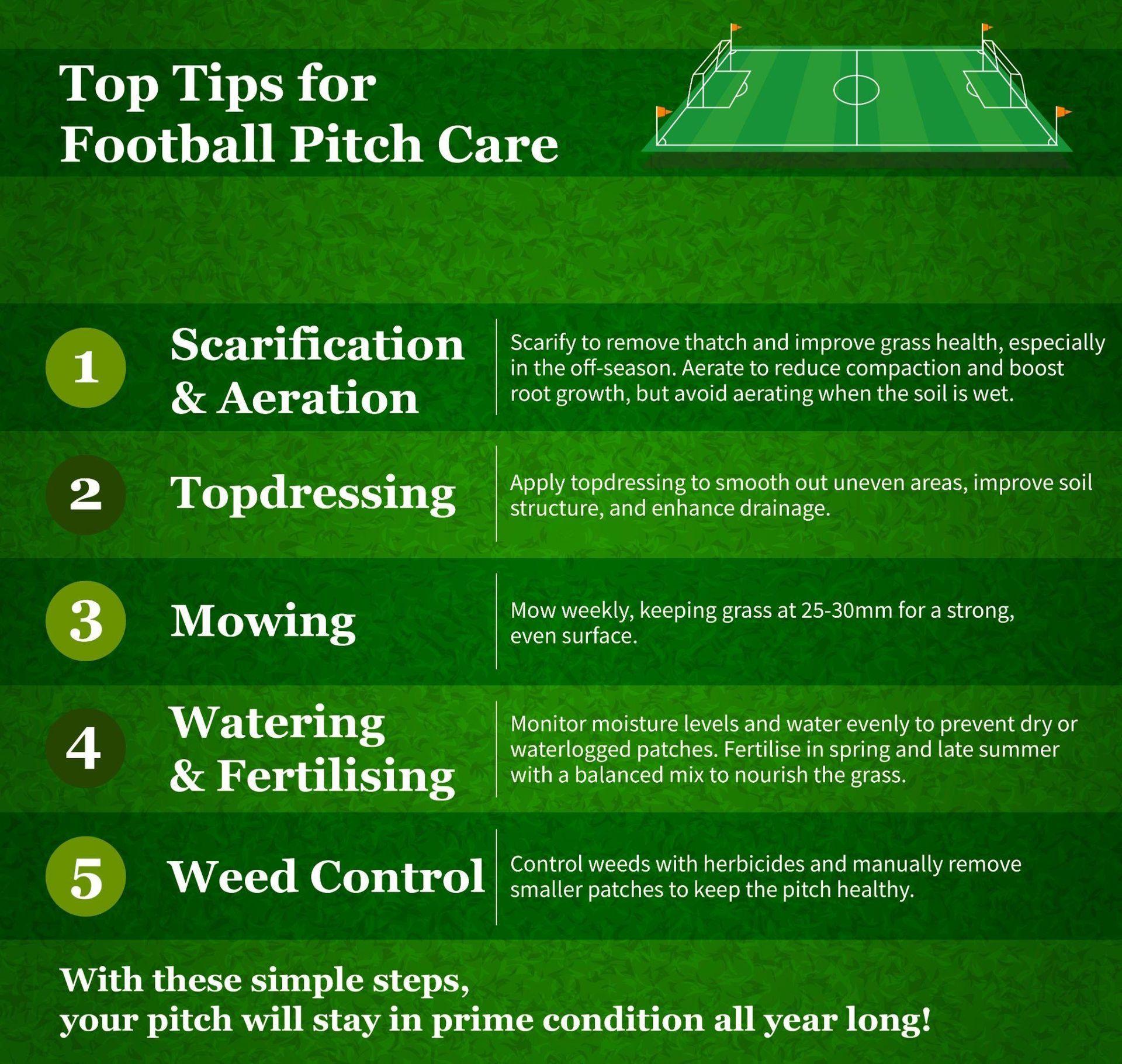
Mowing
Mowing is one of the most important aspects of maintaining a football pitch. Regular mowing encourages healthy grass growth and keeps the surface even. During the growing season, mow the pitch once or twice a week, depending on the weather conditions. The mowing height should be kept between 25mm and 30mm to ensure the grass remains thick and robust.
It’s best to avoid mowing when the grass is wet, as this can damage the blades and leave uneven cuts.
Irrigation, Watering, and Moisture Levels
Maintaining proper moisture levels is essential for keeping the grass healthy. Irrigation systems, such as automated sprinklers, can help ensure that the pitch receives consistent and even watering. Adjust the watering schedule based on the weather – during hot, dry spells, the pitch will need more water, while cooler, wetter conditions require less.
It’s essential to monitor the soil moisture to ensure it doesn’t become too dry or waterlogged, both of which can harm the grass.
Scarification
Scarification (or verticutting) is essential for keeping the surface clean and preventing thatch build-up. Light scarification can be performed regularly during the growing season, which helps to remove organic matter and debris from the surface. Deeper scarification is usually carried out during the close-season renovation to remove thatch, unwanted vegetation, and moss. This process ensures the grass roots have room to breathe and encourages better growth for the coming season.
Following scarification, it is recommended to perform aeration and topdressing to help repair and rejuvenate the pitch.
Topdressing
Topdressing is an essential part of football pitch maintenance. This should be carried out annually, following heavy scarification and aeration. It helps to level the surface, add essential nutrients, and improve drainage.
The type of topdressing you use will depend on the existing soil structure. For pitches with sandy soil, you will typically use a compatible topdressing to replenish nutrients lost through mowing. On heavier, clay-based soils, a sand-based topdressing is often used, as it enhances drainage and helps prevent waterlogging.
It’s essential to purchase topdressing from a reputable source and ensure consistency each year. Using the wrong type of topdressing, such as fine-grained sand, can exacerbate drainage problems.
Aeration
Aeration is another crucial practice for maintaining a healthy football pitch. Aeration involves punching holes into the soil to relieve compaction and improve water and nutrient penetration. Regular aeration encourages strong root growth and helps prevent the pitch from becoming too compacted.
However, it's important to note that aerating too much when the soil is wet can be counterproductive, as it may increase compaction and cause damage. Aeration should be performed when the conditions allow – typically during drier periods or when the soil is not saturated.
Fertilising
Fertilisation is key to maintaining strong, healthy grass on a football pitch. Regularly fertilising the pitch with a balanced fertiliser that contains nitrogen, potassium, and phosphorus helps promote strong growth. Apply fertiliser in early spring, then again in late summer or early autumn to encourage robust growth before the winter months.
Addressing Wear and Tear
Football pitches are subject to heavy use, and wear and tear can quickly take a toll on the surface. Common issues include bald patches, compaction, and uneven surfaces caused by player movement.
To combat this, consider regular aeration, which helps relieve compaction and allows nutrients and water to reach the roots. Overseeding and topdressing can also help repair damaged areas, while targeted maintenance during the off-season ensures the pitch is ready for the next season.
Weed Control
Weeds can quickly spread across a football pitch if not properly managed. Weeds compete with the grass for nutrients and space, weakening the overall health of the pitch. Regular weed control is essential for keeping the surface in good condition.
Use a combination of pre-emergent and post-emergent herbicides to manage weeds effectively, and consider manual weeding for smaller patches. It’s important to avoid heavy chemical use, as it can affect the grass and the surrounding environment.
Expert Lawn Maintenance in Edinburgh
Effective sports ground maintenance is crucial for ensuring that your football pitch remains in top condition for games and training. If you're searching for “lawn maintenance near me” in Edinburgh, look no further than GMCB Ltd.
At GMCB Ltd, we specialise in professional, tailored sports ground maintenance and lawn maintenance in Edinburgh and Glasgow, offering expert services designed to keep your football pitch in pristine condition all year round. From scarification and aeration to topdressing and mowing, our comprehensive approach to grounds care guarantees your pitch will be ready for play, no matter the season.
Contact us today for a consultation and discover how our professional sports ground maintenance services can help maintain your pitch at its best.


